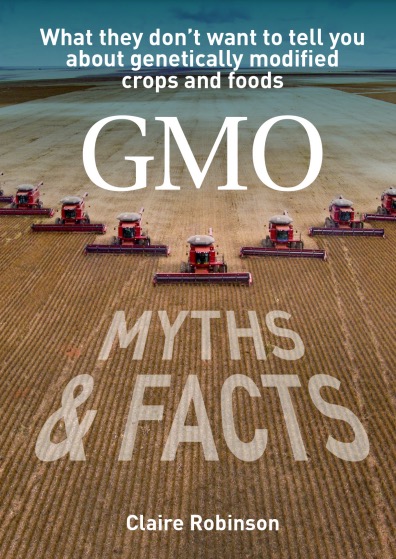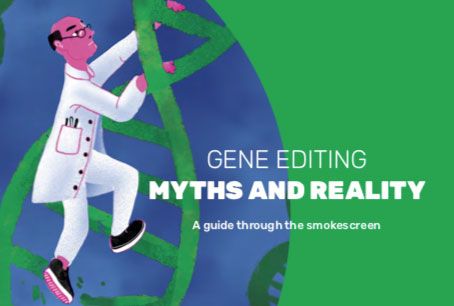From an interview with UCLA molecular biologist and GE proponent Robert B. Goldberg, 'Seeds of Contention', Los Angeles Times, Sept 2, 2001. http://www.latimes.com/news/printedition/sunopinion/la-000071029sep02.story
[from near the beginning of the interview]
Q: Do we suffer from tunnel vision?
A: The opponents of genetically modified (GM) foods don't make the scientific connection.
...
[from the end of the same interview]
Q: Now that we've sequenced the human genome, what more do we have to learn about genes?
A: There are many genes in us and in plants and in other creatures that are duplicated and tripled, and there are genes that compensate for another gene when it's lost. What we don't really know is how a lot of these genes work together; that's one of the great problems many of us are exploring. How do thousands of genes work together to make a plant or make an oak tree or make a human being? Our cells work as one; all the genes in that cell work as one. There's not a single one of them that's working by itself.
Q: So no gene is an island?
A: I think all complex organisms function holistically. We can understand how single genes work. We can understand how several genes work together. But these things work together with millions of proteins and millions of other things, and we haven't even begun to grapple with the complexity of how one single cell works in its totality, let alone the trillions of cells in a human body. There will be new rules that will surprise all of us, and these things are going to come out of basic research, which is why basic research is so exciting.









